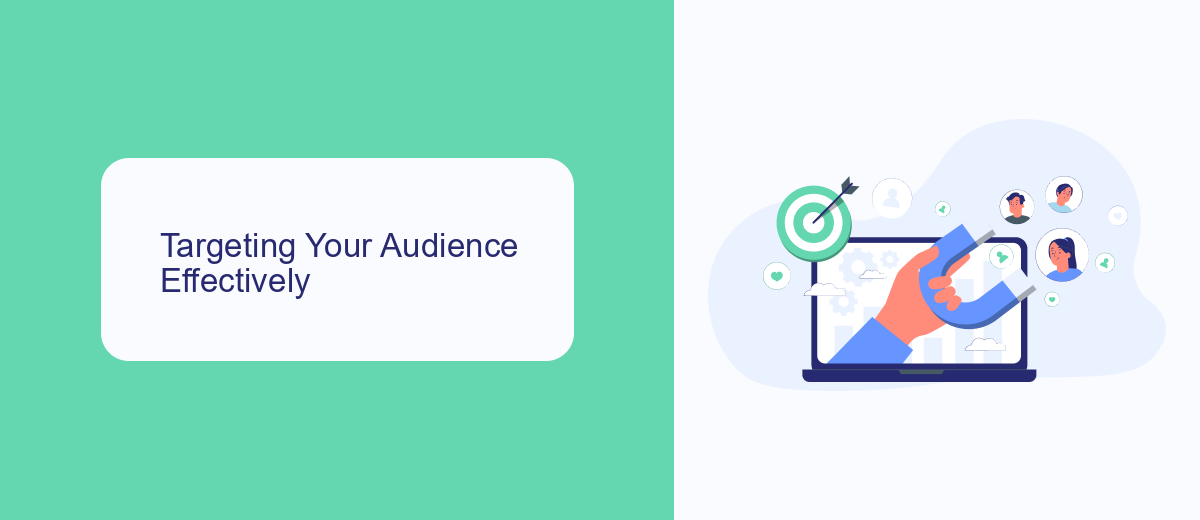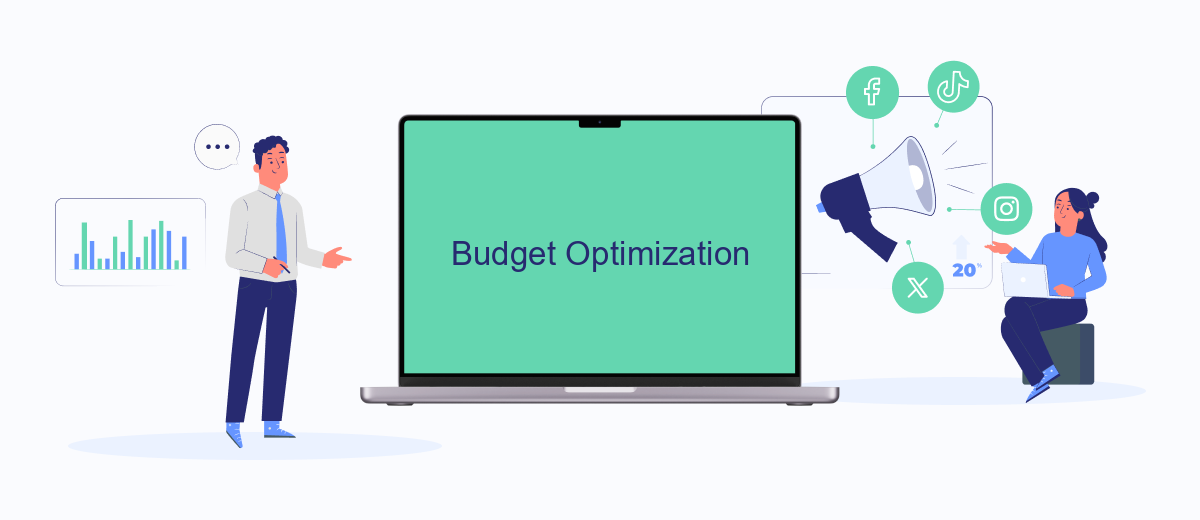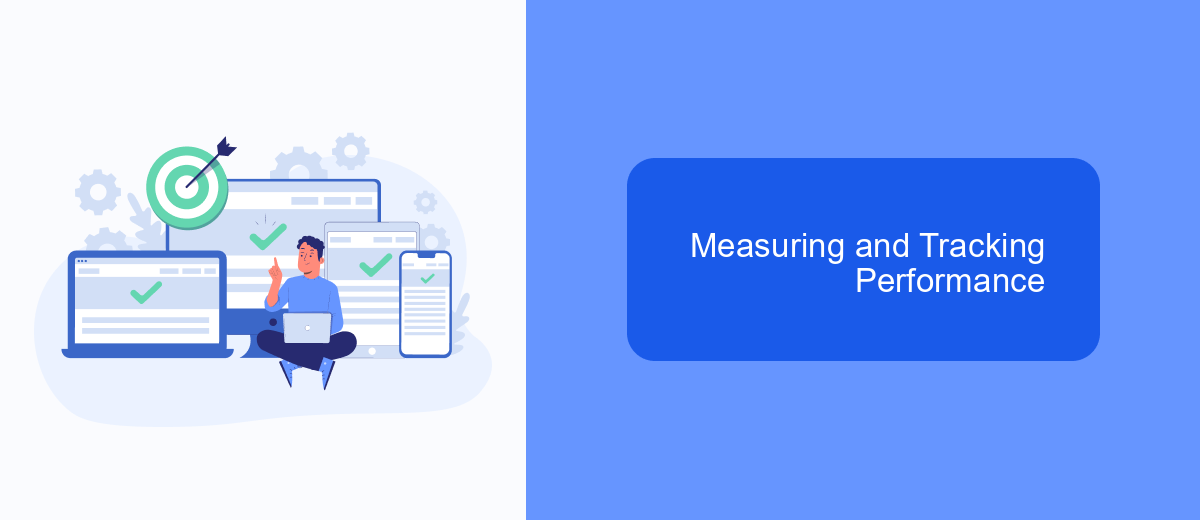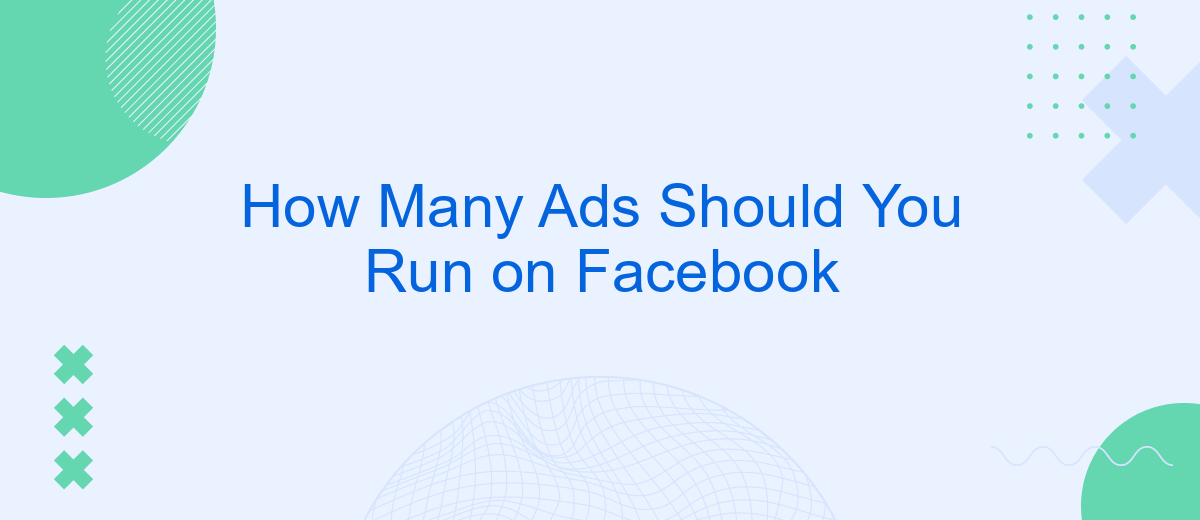Determining the optimal number of ads to run on Facebook is crucial for maximizing your campaign's effectiveness and budget. Too few ads might limit your reach, while too many can dilute your message. This article explores the key factors to consider when deciding how many ads to deploy, ensuring you strike the perfect balance for your marketing goals.
Determining the Optimal Ad Count
Determining the optimal number of ads to run on Facebook can significantly impact your campaign's effectiveness. Running too few ads might not provide enough data for analysis, while running too many can dilute your budget and confuse your audience. Here are some key factors to consider:
- Target Audience Size: Larger audiences can handle more ads without fatigue, while smaller audiences may require fewer ads to avoid repetition.
- Budget: Your budget should be divided wisely among your ads to ensure each receives adequate exposure.
- Campaign Goals: Different goals (brand awareness, conversions, etc.) may require varying numbers of ads to achieve optimal results.
- Ad Variations: Testing different creatives and messages can help identify what resonates best with your audience.
- Performance Metrics: Regularly monitor metrics like CTR, CPC, and conversion rates to adjust the number of ads as needed.
For seamless integration and data analysis, consider using services like SaveMyLeads, which can automate data transfers and help you make informed decisions. By leveraging these tools, you can optimize your ad count and maximize the impact of your Facebook campaigns.
Targeting Your Audience Effectively

Effectively targeting your audience on Facebook is crucial for maximizing the impact of your ads. Start by defining your ideal customer profile based on demographics, interests, and behaviors. Utilize Facebook's Audience Insights tool to gather data on your potential audience and refine your targeting criteria. This will help you create highly relevant ads that resonate with your audience, increasing engagement and conversion rates.
In addition to Facebook's native tools, consider integrating third-party services like SaveMyLeads to streamline your marketing efforts. SaveMyLeads allows you to automatically transfer leads from Facebook ads to your CRM or email marketing platform, ensuring timely follow-ups and personalized communication. By leveraging such integrations, you can enhance your targeting strategy, maintain a consistent customer journey, and ultimately achieve better results from your Facebook ad campaigns.
Budget Optimization

Budget optimization is crucial for running successful Facebook ad campaigns. By effectively managing your budget, you can maximize your return on investment and ensure that your ads reach the right audience. Here are some strategies to optimize your Facebook ad budget:
- Set clear campaign objectives: Define what you want to achieve with your ads, such as increasing brand awareness, generating leads, or driving sales.
- Utilize A/B testing: Experiment with different ad creatives, headlines, and targeting options to determine what works best for your audience.
- Leverage automated tools: Use services like SaveMyLeads to integrate and automate your ad campaigns, saving time and ensuring consistent performance.
- Monitor and adjust: Regularly review your ad performance metrics and make necessary adjustments to your budget allocation and targeting strategies.
By following these strategies, you can optimize your Facebook ad budget and achieve better results. Remember, continuous monitoring and adjustment are key to maintaining the effectiveness of your campaigns. Utilizing tools like SaveMyLeads can further streamline the process, allowing you to focus on other important aspects of your marketing strategy.
Measuring and Tracking Performance

Measuring and tracking the performance of your Facebook ads is crucial to ensure you're getting the most out of your investment. Start by setting clear goals for what you want to achieve, whether it's increasing brand awareness, generating leads, or driving sales. Once you have these goals in place, you can use Facebook's Ads Manager to monitor key metrics such as reach, engagement, and conversion rates.
To gain deeper insights, consider integrating SaveMyLeads into your tracking strategy. This service automates the process of collecting and analyzing data from your Facebook ads, making it easier to understand which campaigns are performing well and which need adjustments. SaveMyLeads can also help you set up custom notifications and reports, so you can stay informed in real-time.
- Set clear, measurable goals for your ad campaigns.
- Use Facebook Ads Manager to monitor key performance metrics.
- Integrate SaveMyLeads for automated data collection and analysis.
- Adjust your campaigns based on performance insights.
By consistently measuring and tracking your ad performance, you can make data-driven decisions that enhance the effectiveness of your campaigns. This approach not only helps you optimize your current ads but also provides valuable insights for future advertising efforts.
Making Data-Driven Decisions
Making data-driven decisions is crucial when determining the optimal number of ads to run on Facebook. By leveraging analytics and performance metrics, you can gain insights into which ads are resonating with your audience and which ones are underperforming. Tools like Facebook Ads Manager provide detailed reports on impressions, clicks, and conversions, helping you to adjust your strategy accordingly. It’s important to continually monitor these metrics to ensure you are maximizing your return on investment.
Additionally, integrating third-party services like SaveMyLeads can streamline the process of collecting and analyzing data. SaveMyLeads automates the transfer of leads from Facebook Ads to your CRM or email marketing platforms, allowing you to respond to potential customers more efficiently. By automating these workflows, you can focus on interpreting the data and making informed decisions about your ad campaigns. This not only saves time but also enhances the accuracy of your data, enabling you to optimize your advertising efforts effectively.
- Automate the work with leads from the Facebook advertising account
- Empower with integrations and instant transfer of leads
- Don't spend money on developers or integrators
- Save time by automating routine tasks
FAQ
How many ads should I run on Facebook?
How often should I change my Facebook ads?
Can I run multiple ads in one Facebook campaign?
What budget should I allocate for Facebook ads?
How can I automate and optimize my Facebook ads?
SaveMyLeads is a simple and effective service that will help you automate routine tasks and optimize business processes. Stop wasting time uploading leads from Facebook manually – you can do it automatically, saving a lot of time and money. Eliminate routine from workflows and achieve more with minimal investment of money, effort and human resources.

